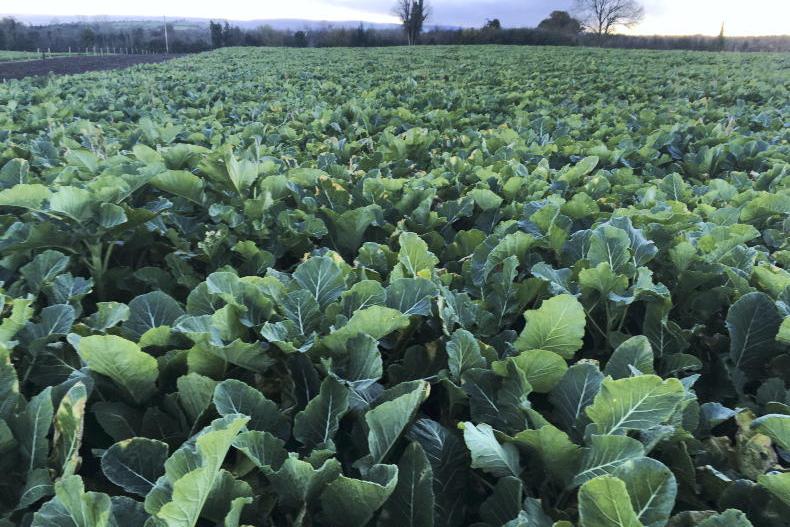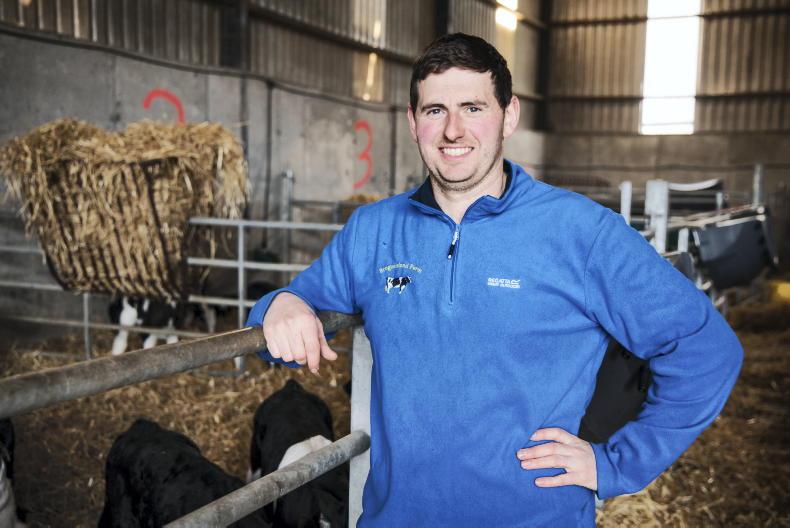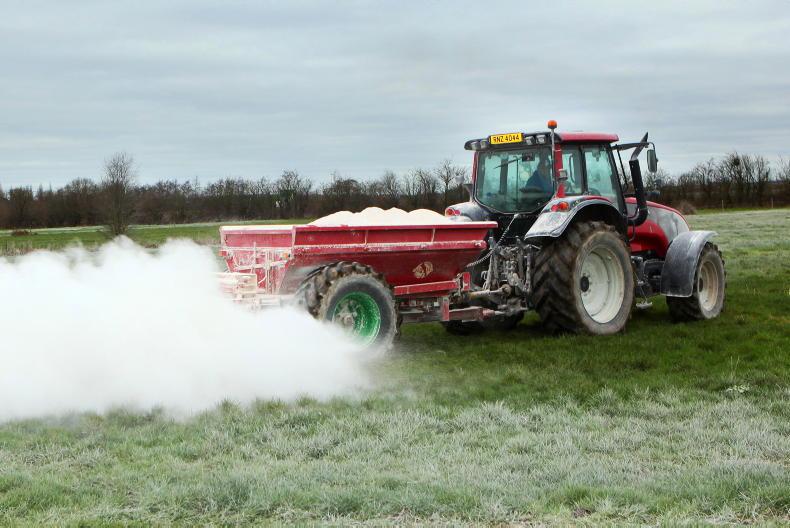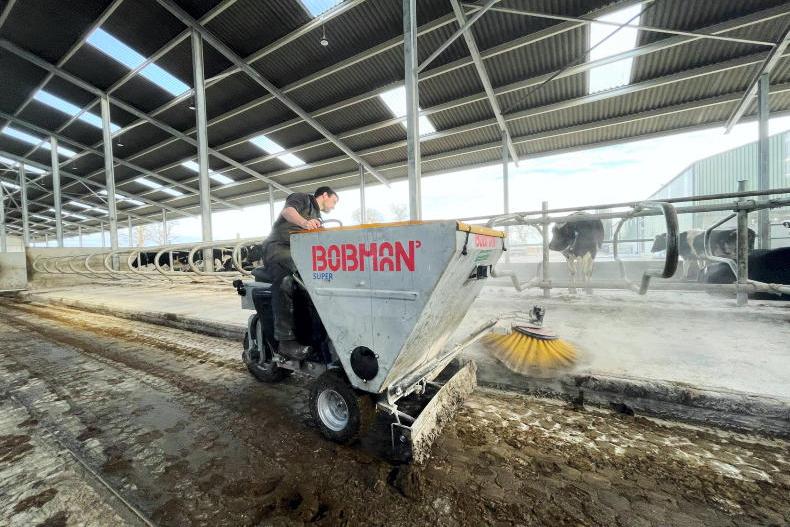Nutrient interactions
Ground conditions are excellent for the time of year and this is providing a great opportunity to get lime applied and slurry out early, minimising nutrient loss.
There are a number of interactions that need to be kept in mind where applying lime, slurry and urea.
Spreading slurry on fields that have received lime recently, and where there has not been sufficient rainfall to wash the lime into the soil, can result in a loss of available N in applied slurry.
To reduce losses, slurry should be applied first, followed by lime a week to 10 days later.
A similar risk applies to straight urea fertiliser being applied to recently limed soils with higher N loss through ammonia-N volatilisation. Again, slurry should be applied first, followed by lime a week to 10 days later.
Teagasc advice suggests that protected urea is safe to apply to fields that have recently been limed.
In terms of applying lime now on fields destined for silage, the advice is to only apply lime where there can be a time frame of about two months between applying lime and closing these areas for grass silage. For grazing, lime should ideally be applied to low covers to reduce pasture contamination.
This will not be an issue where there is sufficient rainfall between applying and grazing, but it is a consideration at present for heavy covers that are targeted for grazing given there are low volumes of rainfall forecast.
Lambing information
At last week’s Northern Ireland Sheep Programme conferences, options were discussed to capture valuable information at lambing.
Many farmers in the programme have progressed down the route of performance recording, but there are still other practices being utilised to collect information and display it in a manner that is easy to follow.
For example, many farms have a numbering system in place for group and individual pens and a simple whiteboard attached to the pen, or a larger white board present where information can be documented.
This is particularly useful where there are other family members or external help present, as it allows important information to be quickly shared. Simple corriboard or PVC signs work well in this regard.
Another useful lesson is the importance of capturing both the level of mortality and the main reasons contributing to mortality. This can then be reviewed following lambing and questions can be asked with regard to any aspects of management that may need to be changed.
The other valuable information to collect at birth is selection of potential replacements.
Tagging and recording parentage data and other information such as ewe milk yield, mothering ability etc is the ideal system, but there are also lots of practical ways of identifying potential replacements.
Branding is a temporary option where there is a reluctance to tag animals at birth, while ear notching will provide a more permanent option. It is equally important to identify ewes for future culling.
Organic webinar
Last week’s article on organic farming and note regarding the cost and availability of organic feed generated plenty of discussion. Teagasc organic specialists are hosting a webinar on Wednesday 8 March at 7.30pm titled ‘Feeding the ewe pre and post-lambing in an organic situation’.
The event is free to view and registration can be found at www.teagasc.ie/news--events/daily/webinars/.










SHARING OPTIONS